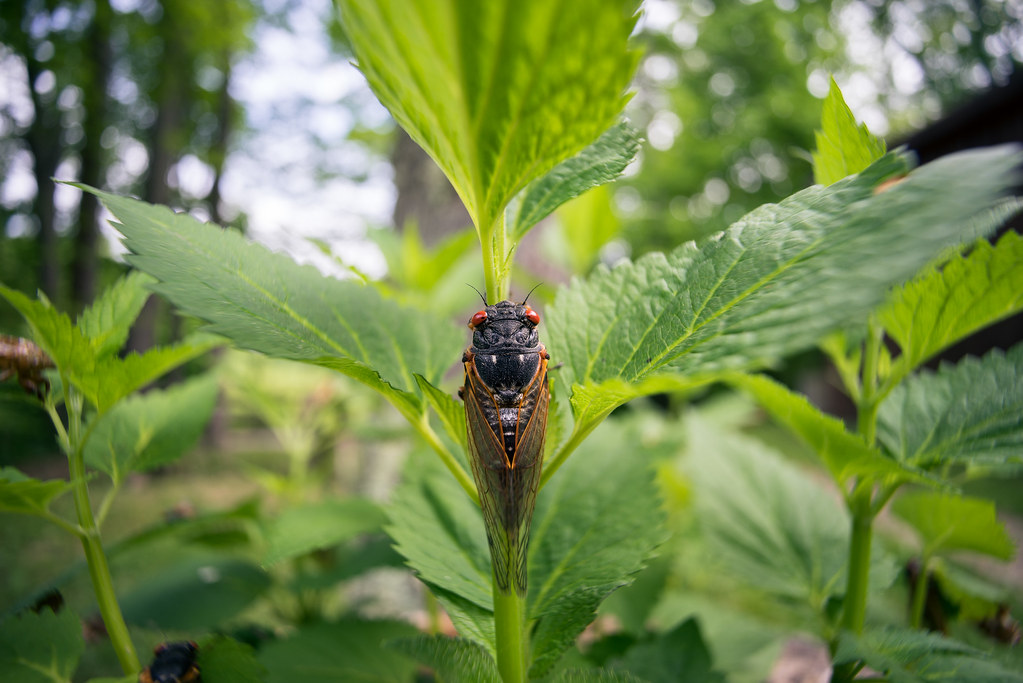Billions of 17-year cicadas will soon emerge in over 15 states across the country, shedding their skins, breeding and dying off in a matter of weeks. They are expected to surface in late April or early May.
Brood X is one of particularly impressive magnitude, and the cicadas will emerge throughout Maryland, Delaware, Georgia, Illinois, Indiana, Kentucky, Michigan, New Jersey, New York, North Carolina, Ohio, Pennsylvania, Tennessee, Virginia and West Virginia.
17-year cicadas, such as those in Brood X, have a 17-year life cycle which is largely spent underground until they emerge for about two to four weeks to breed before dying.
It’s important to note that these are not the green cicadas that emerge annually; Brood X will be black, red and orange in color and will be comprised of all three 17-year cicada species: Magicicada septendecim, Magicicada cassini and Magicicada septendecula.
These cicadas emerge when the soil eight inches underground reaches the temperature of 64 degrees Fahrenheit, which is usually the result of warm spring-time rain. The last time Brood X surfaced was in 2004, and reports of their emergence began around the second week of May.
Brood X is reported to be the largest cicada brood currently in existence and this spring, many people may be faced with large numbers of the insects, perhaps even right in their own back yards. According to one report from Dr. Gene Kritsky, a biology professor at Mount St. Joseph University in Cincinnati, there was at least one instance of 356 17-year cicadas emerging over one square yard in the Cincinnati area.
For those on the lookout for swarms of these rare insects this spring, there are many lists of specific locations where the broods are likely to surface based on data from the 2004 emergence.
This year, the great brood will emerge en masse and breed the next generation of Brood X, which will not surface again until the spring of 2038. The next broods to emerge after this coming spring will not surface until 2024.

